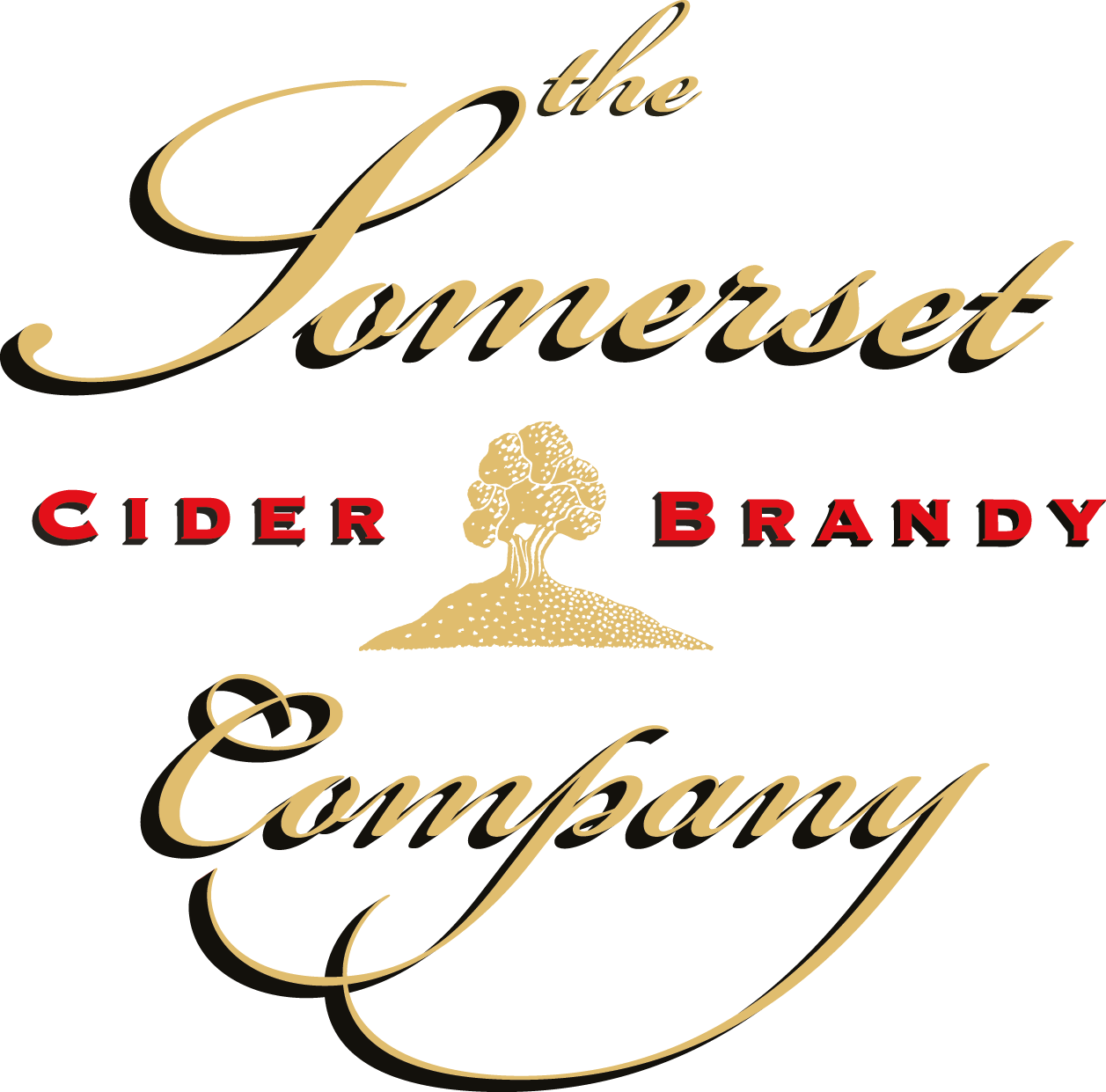"Back at a time when commercial making of traditional cider had all but disappeared, Julian became the one man awkward squad who saw that these traditions, so tied up in the last remaining Somerset cider apple orchards, must be revived, preserved and above all enjoyed"
Rose Prince
In January, we begin to prune our 15,000 trees attempting to get to each orchard every 4 years.
By May the apple blossom is continuing to bloom and the orchards come alive with pollinating insects.
The sheep who act as the orchards mowers are also shorn in May.
As June approaches the farm prepares for its annual outing to Glastonbury.
Once the apples have set the buds begin to grow. It is not until October that the pregnant trees begin to drop their apples. Cider apples are traditionally harvested from the ground to ensure they are sufficiently ripe. Sometimes they need a little helping hand.
Once the apples are harvested the varieties are blended by Julian before being pressed. This ensures we have the right balance of tannins, sugars and acidity to make a well - balanced cider.
The apples then are washed and transported up an elevator where they are crushed (these apples are Kingston Blacks). One ton of apples make 150 gallons of cider.
The harvest stops at Christmas and in February we replace any dead trees with new plantings.
The juice takes between three and six months to naturally ferment in our vats. After this it is ready to be sold or bottled.










